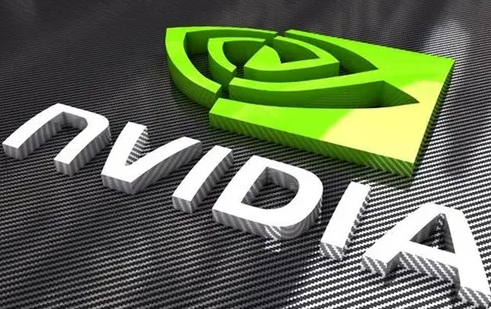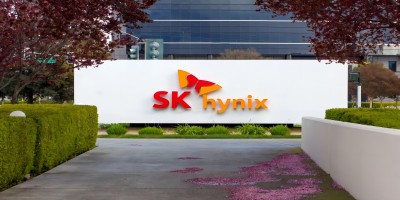Recently, NVIDIA's CEO, Jensen Huang, made a public statement in an interview with the media regarding the company's strategic adjustments in the Chinese market. He said that against the backdrop of the US government's strict restrictions on the export of high-end artificial intelligence chips, NVIDIA will no longer launch new products based on the Hopper architecture for the Chinese market. This also means that the H20 will become the "last high-performance AI chip" sold to China under this architecture.
This statement was made on May 17th and was first reported by Lianhe Zaobao, which was then reprinted by several Chinese media outlets. Huang Renxun pointed out: "After the H20, we will not continue to launch the Hopper series of products." He further explained that this is because the US government's technical export restrictions on Hopper architecture chips have approached an "unadjustable" level. Even if enterprises
intentionally make adaptive modifications, it is still difficult to meet the requirements of relevant regulations.
As a leading global GPU manufacturer, NVIDIA has long held a significant market share in China's fields such as artificial intelligence, cloud computing and autonomous driving. However, in recent years, as the technological competition between China and the United States has intensified, the Bureau of Industry and Security (BIS) of the US Department of Commerce has successively introduced chip export control policies targeting the Chinese market, among which is the ban on the sale of Hopper architecture chips.
Previously, NVIDIA disclosed to the public that the US government has officially banned the company from selling H20 chips to Chinese customers without special permission. This chip was originally a "compliant version" product specially designed by NVIDIA to deal with export restrictions, aiming to maintain its business continuity in the Chinese market without violating US laws.
Despite this, in the face of the rapid rise of domestic chip enterprises in China and the continuous advancement of domestic alternative technologies, NVIDIA's market share in China is gradually being squeezed. Against this backdrop, it is reported that NVIDIA plans to launch a "downgraded version" of the H20 with further reduced performance, attempting to attract some customer groups through price advantages and technological compromises in order to mitigate the potential risk of revenue decline.
However, judging from the current strategic direction, NVIDIA seems more inclined to adjust its long-term layout rather than merely relying on variants of existing products to maintain its short-term market presence. Huang Rengxun's clear statement this time that he will no longer develop new Hopper architecture products for the Chinese market in the future also sends a signal that NVIDIA is reevaluating the balance between its input-output ratio and compliance costs in this key market of China.
Analysts point out that this decision not only reflects the profound impact of geopolitical factors on corporate strategies, but also reveals the structural challenges that NVIDIA is facing in the Chinese market. On the one hand, the technological blockade has prevented its core products from freely entering the Chinese market. On the other hand, local Chinese manufacturers such as Huawei Ascend, Cambricon, and Bitmain Technology are accelerating the filling of market gaps caused by restricted external supply.
For NVIDIA, how to maintain global competitiveness while properly handling its relationship with the Chinese market will be an important issue in the coming years. Although it may face certain revenue pressure in the short term, in the long run, this might also prompt Nvidia to accelerate the research and development of a new generation of non-Hopper architecture alternative products, thereby building a more flexible product system on a global scale.
* Disclaimer: This article is sourced from the Internet. If there is any dispute, please contact customer service.



